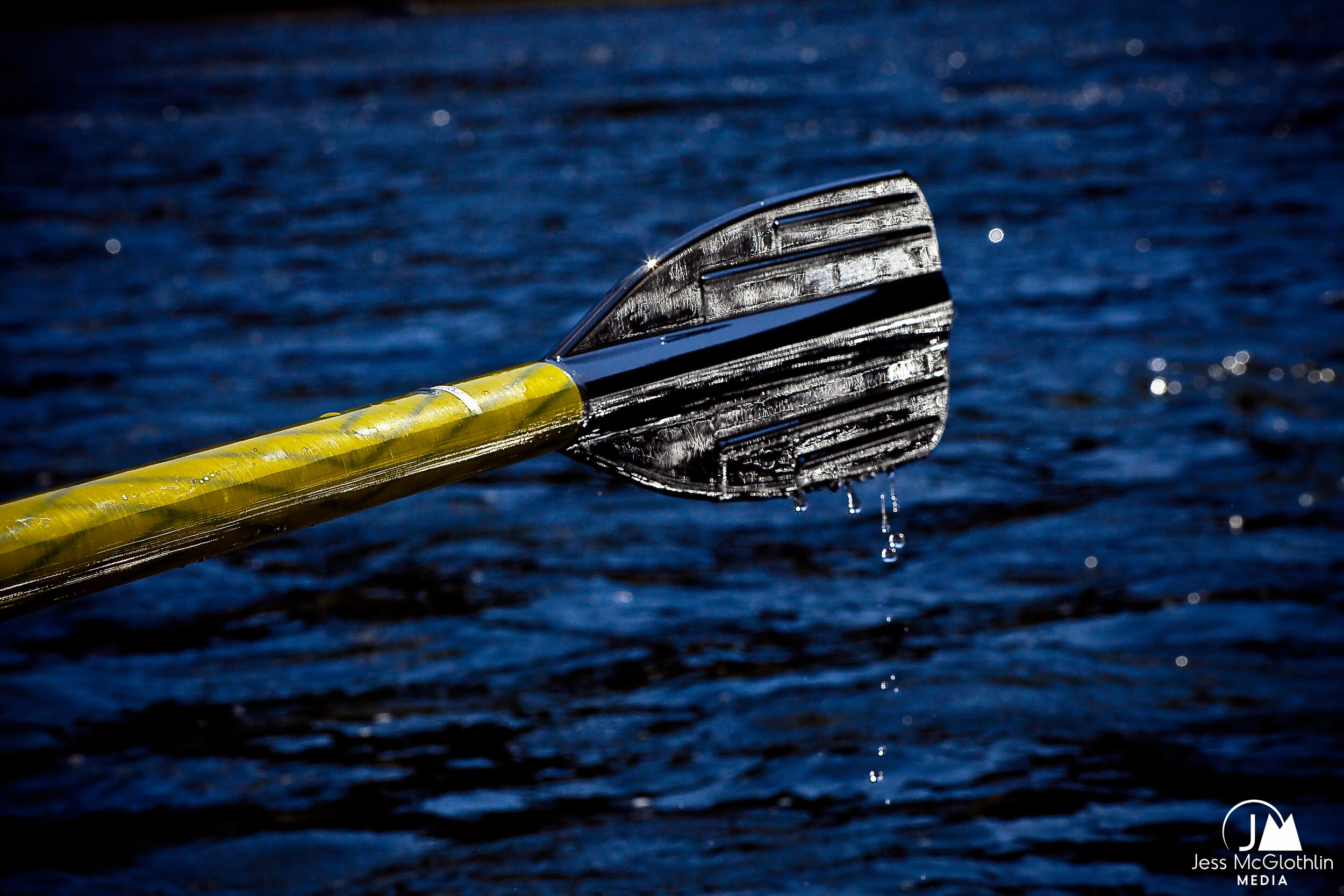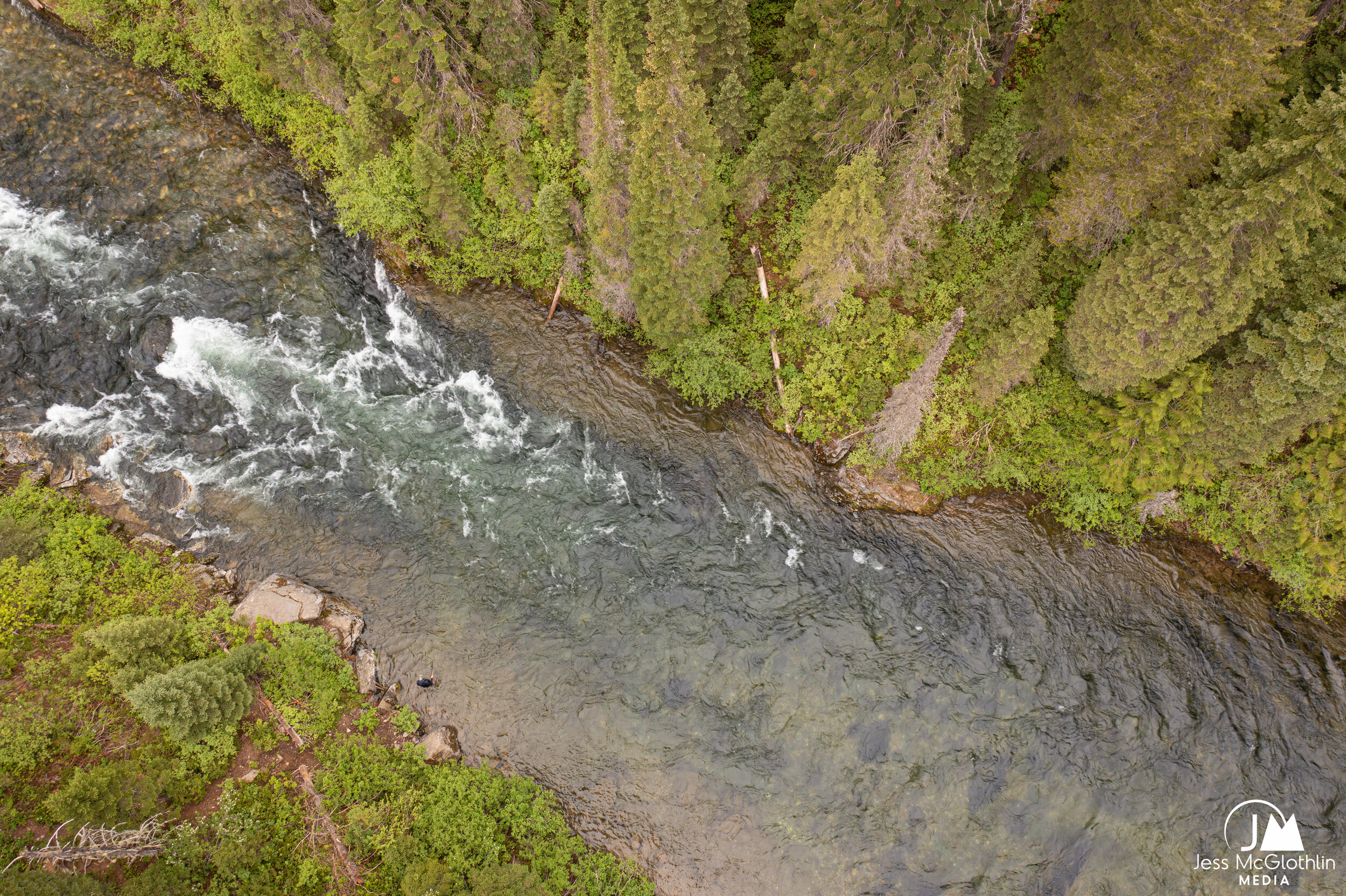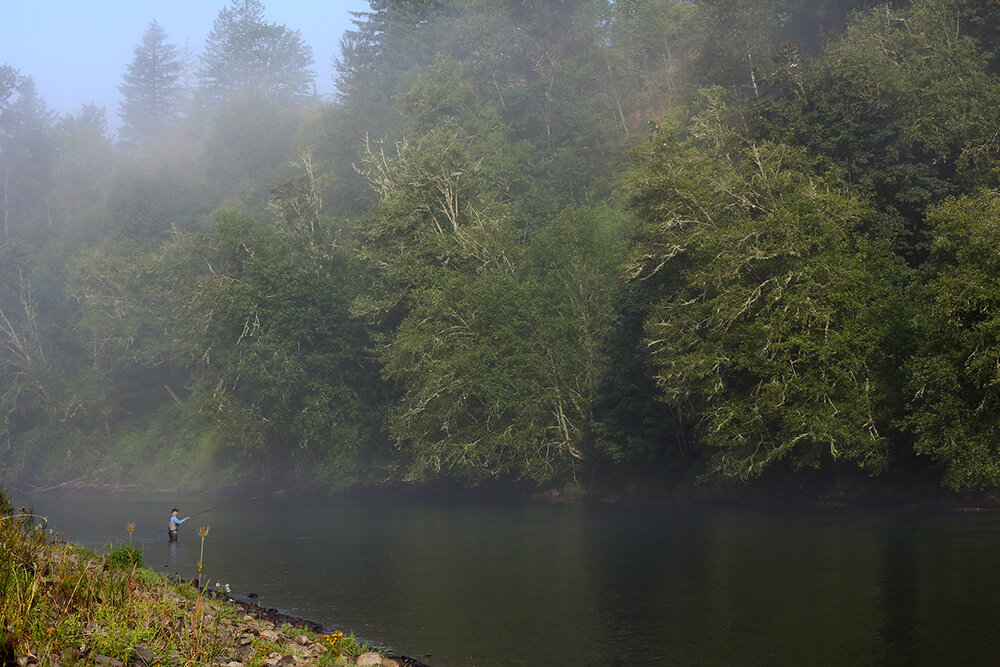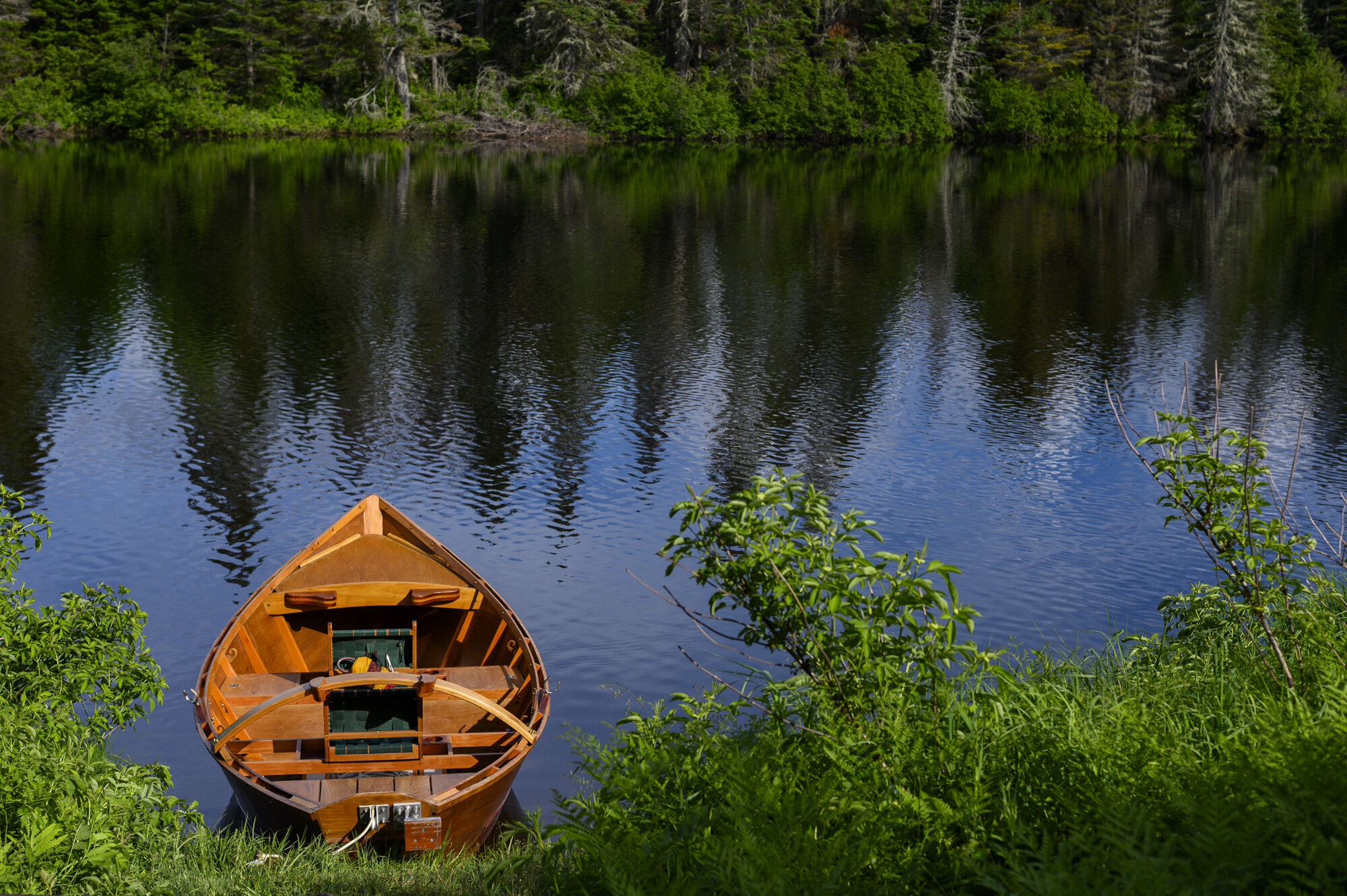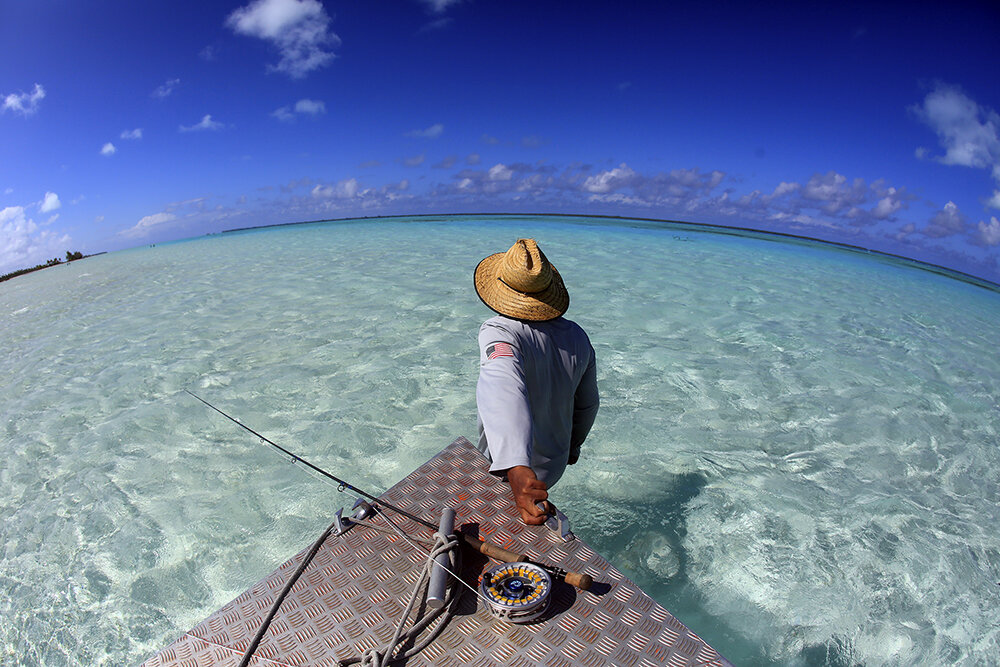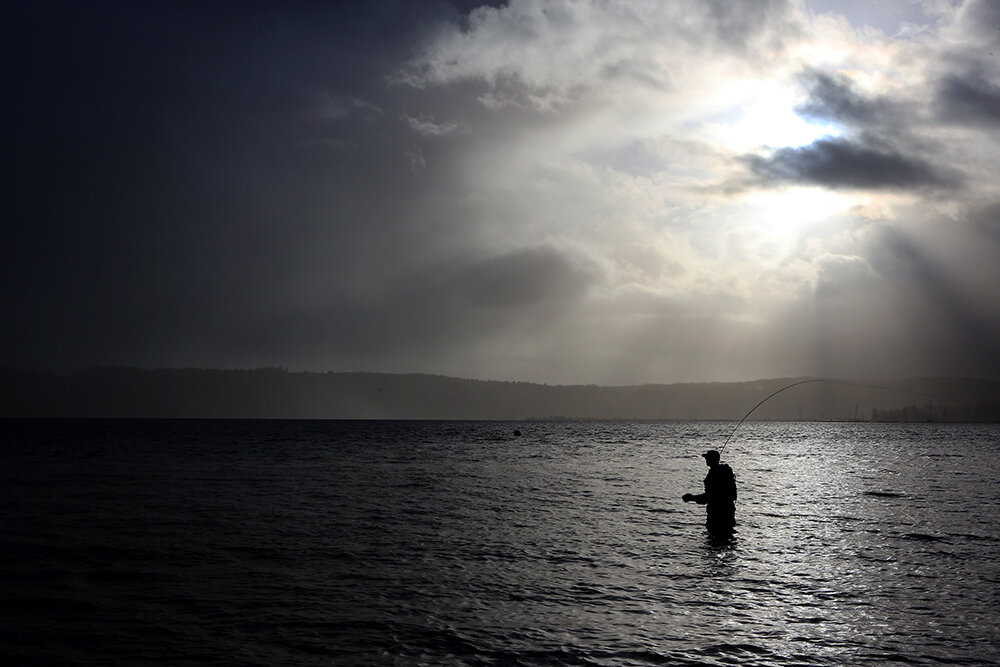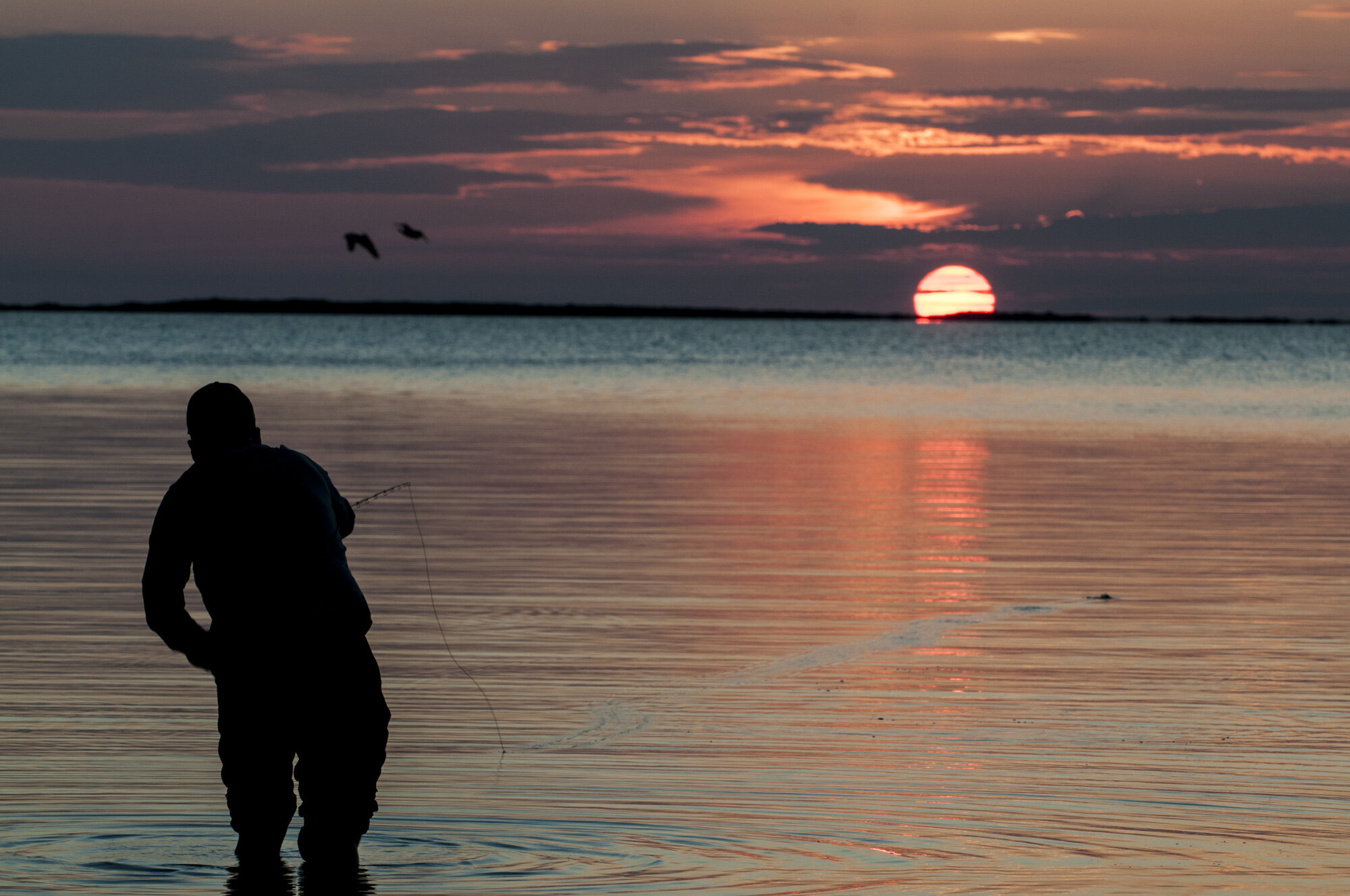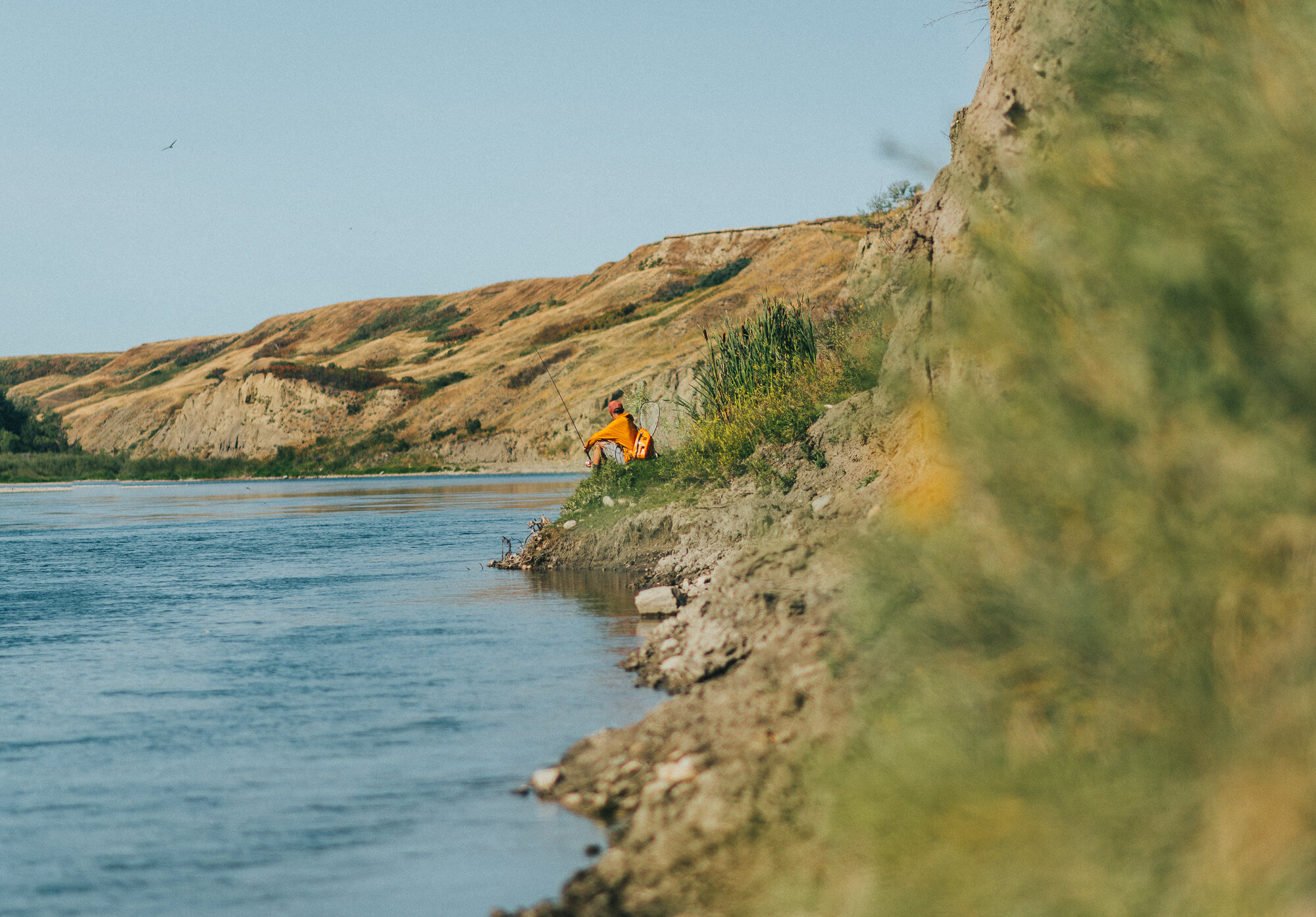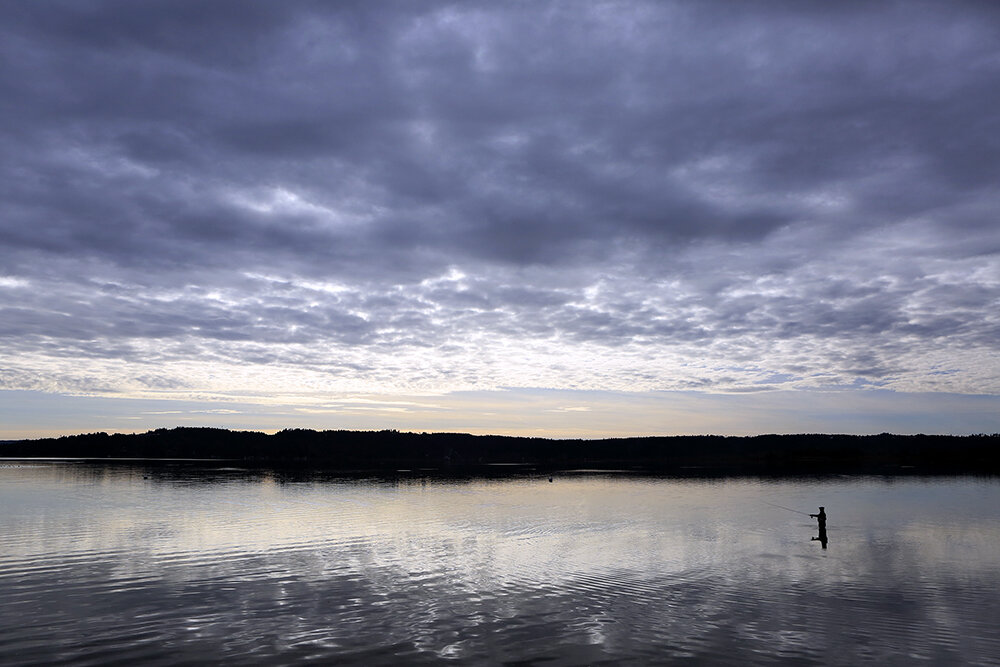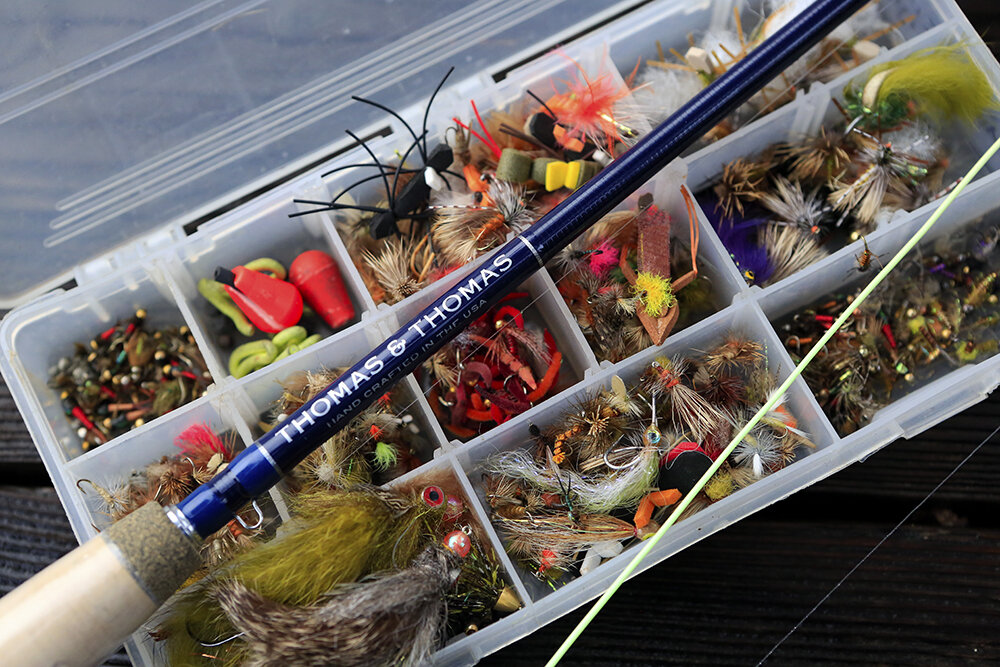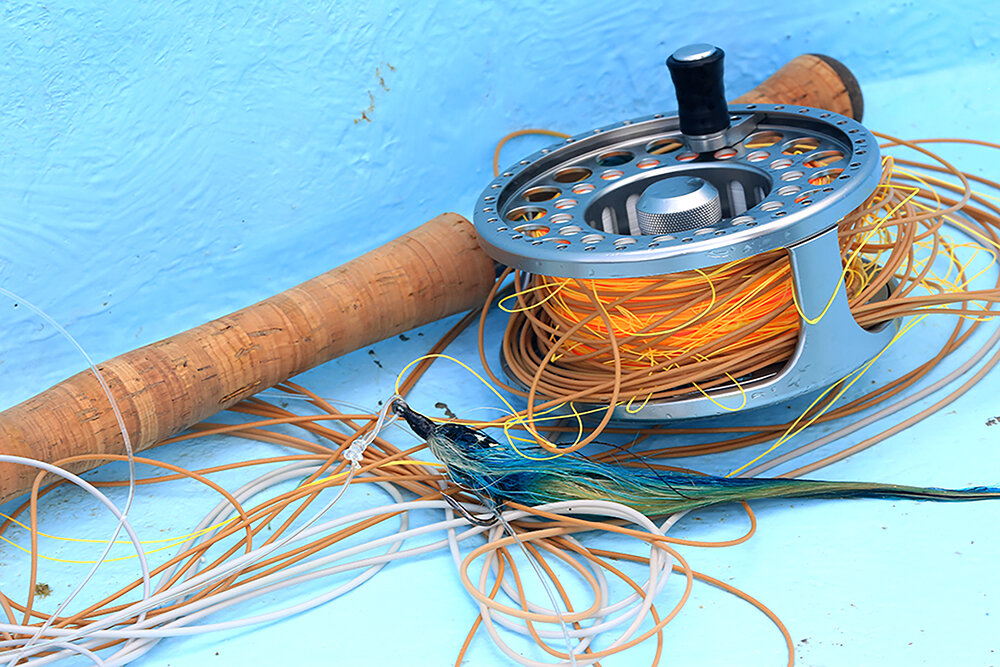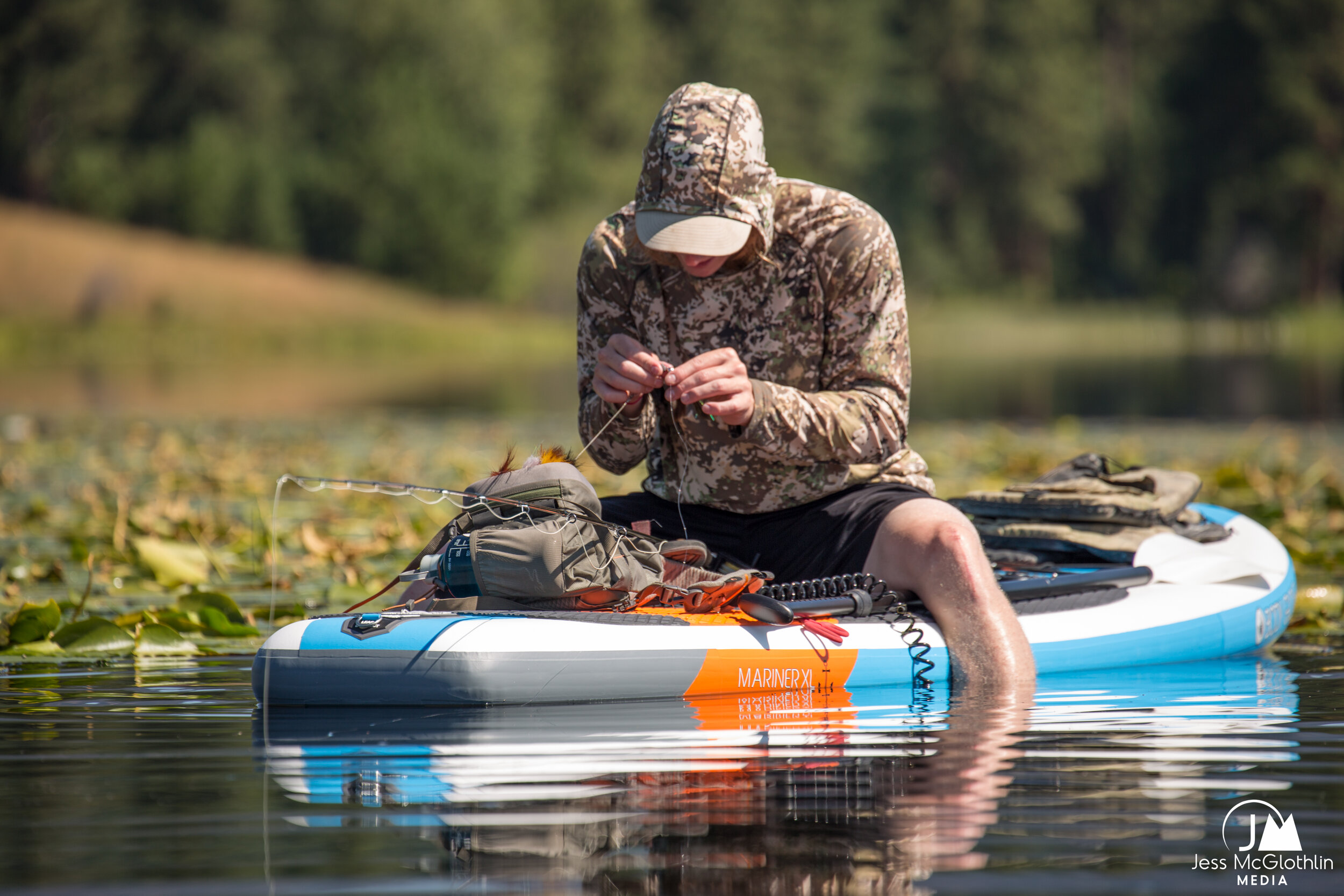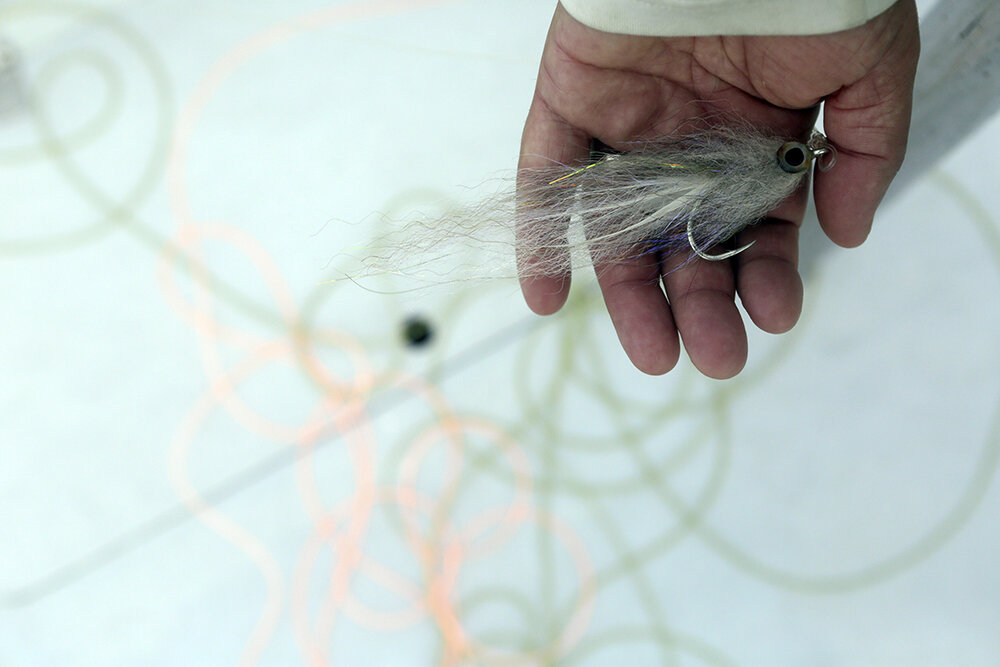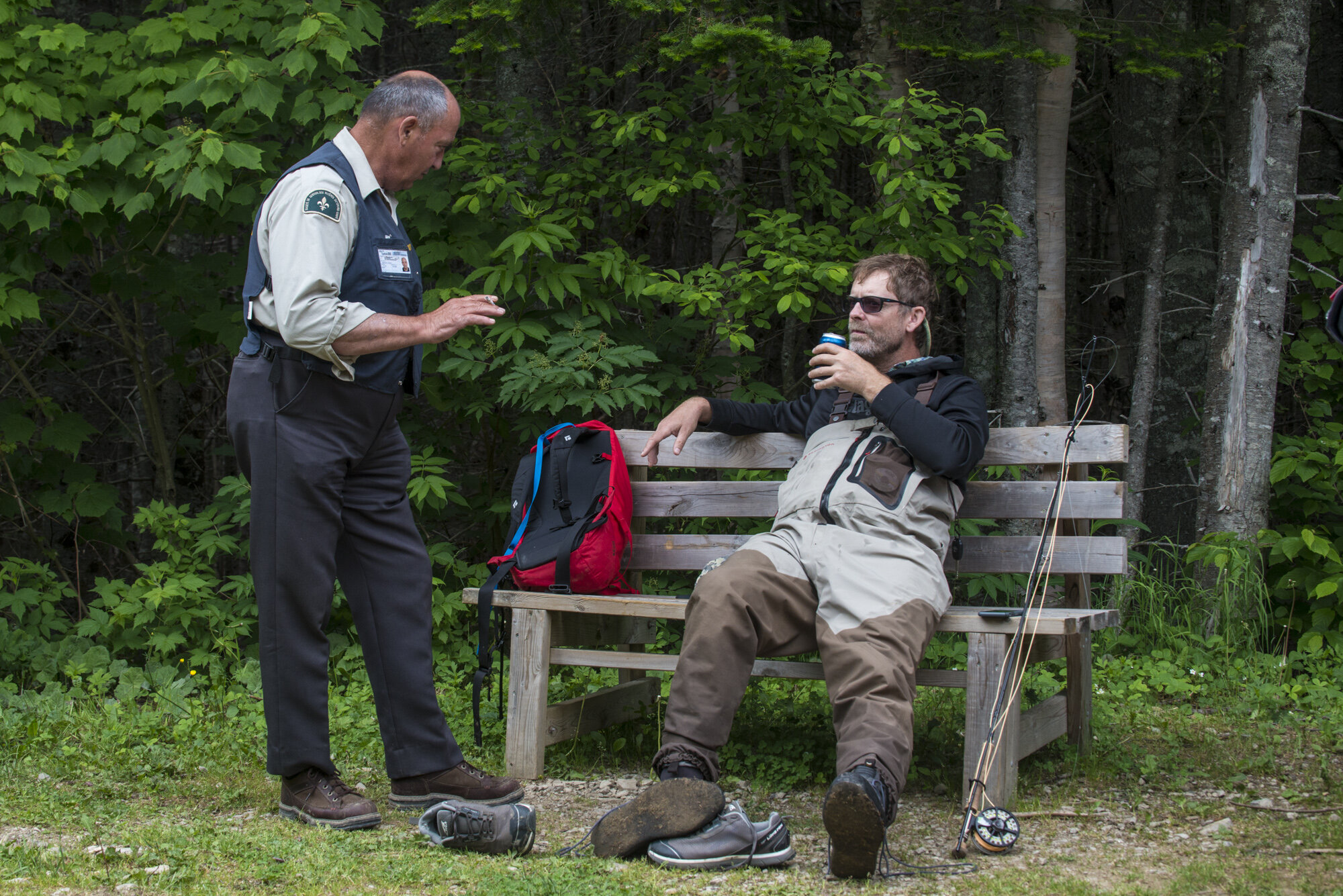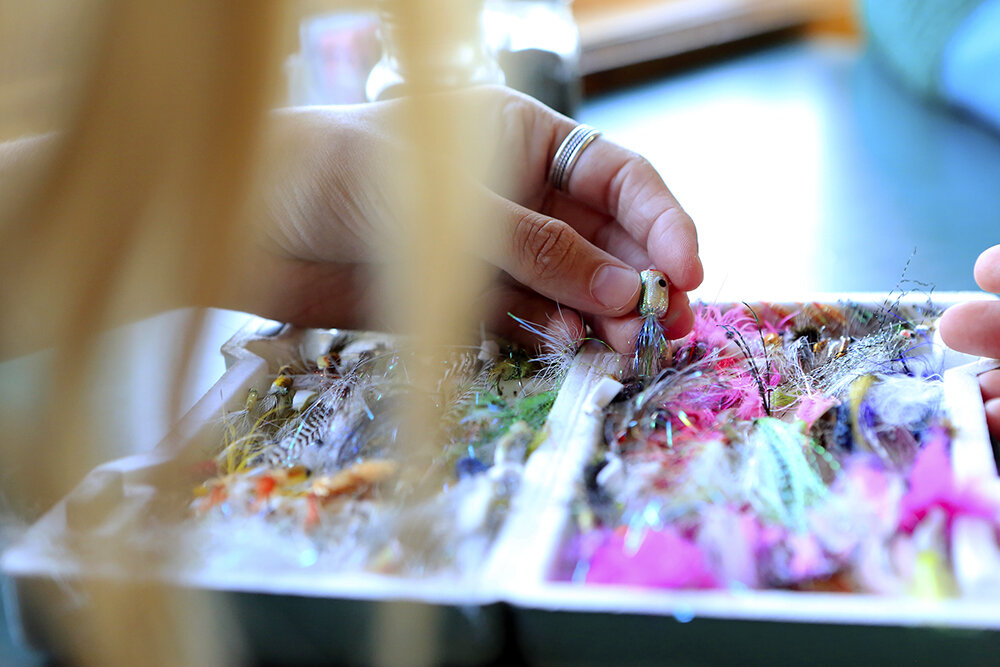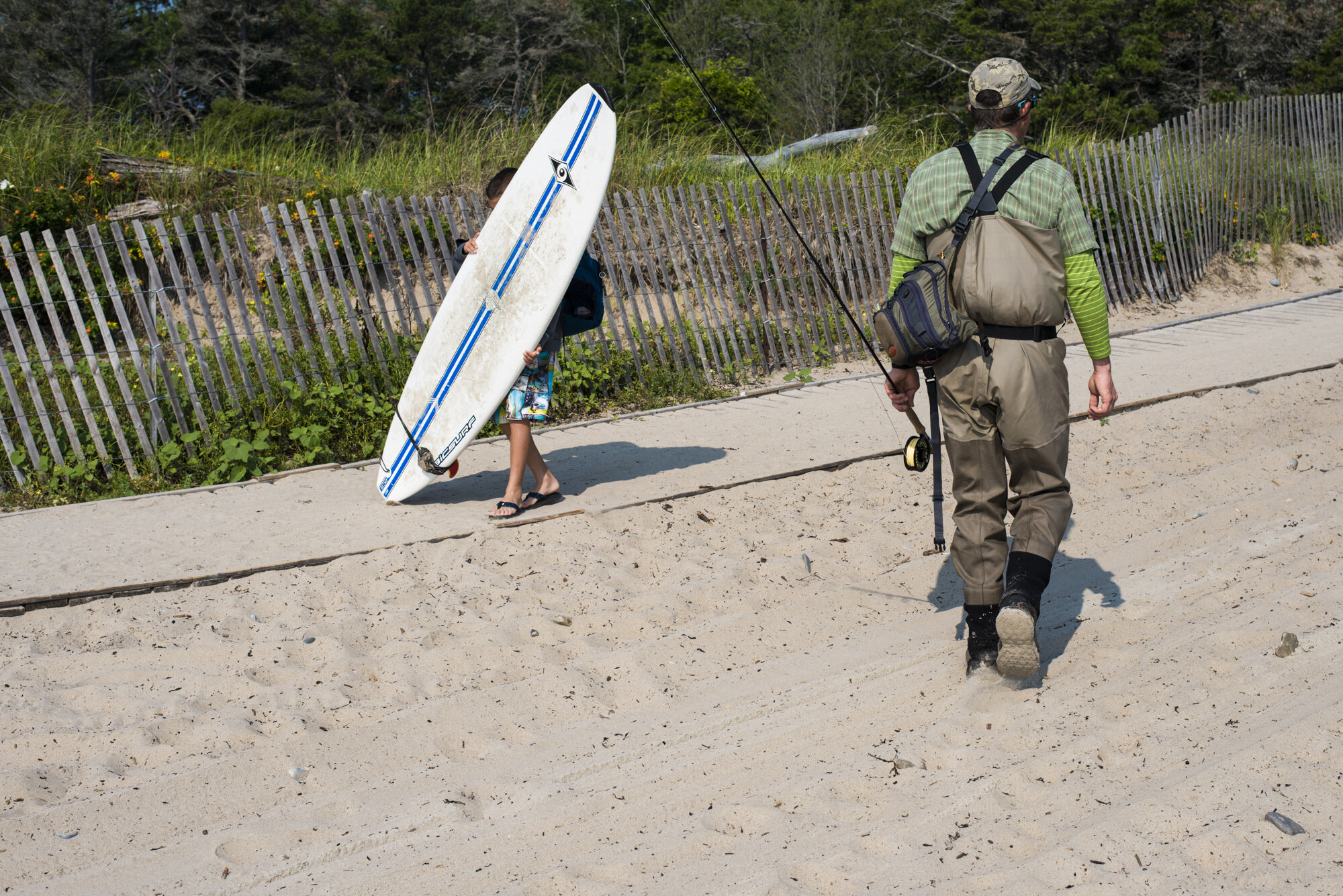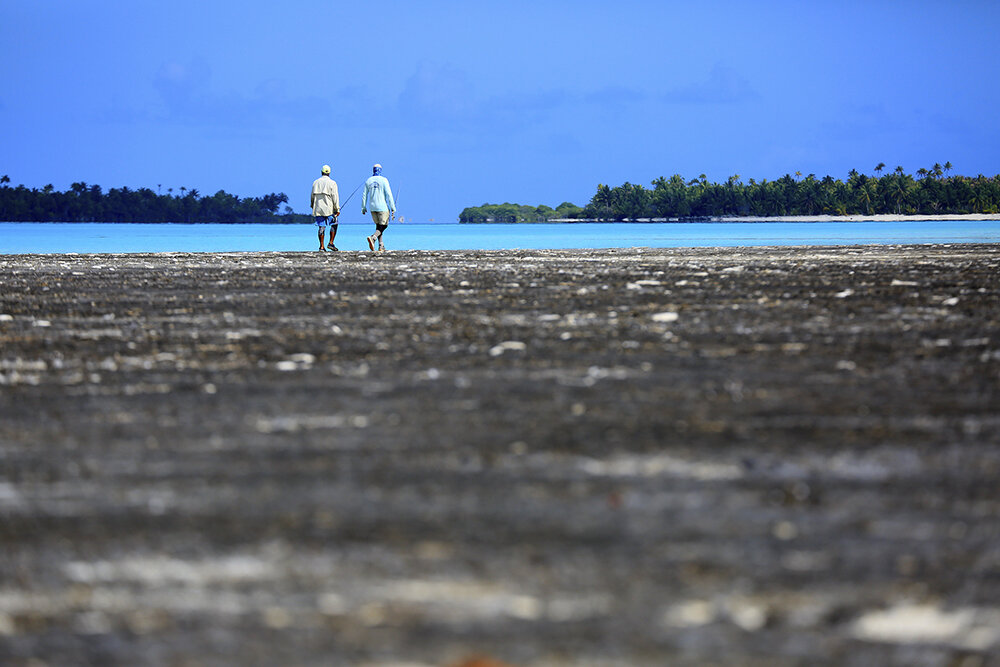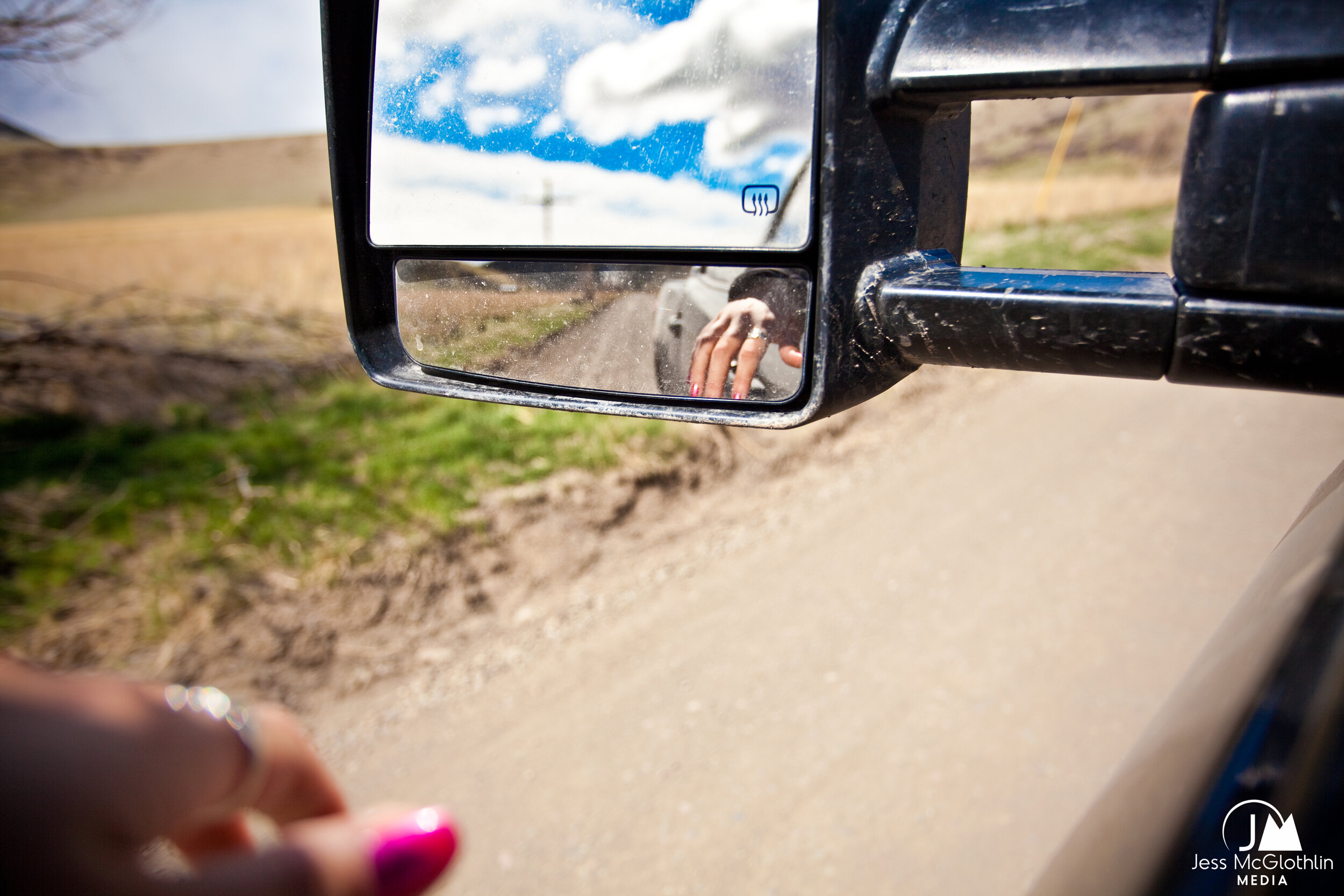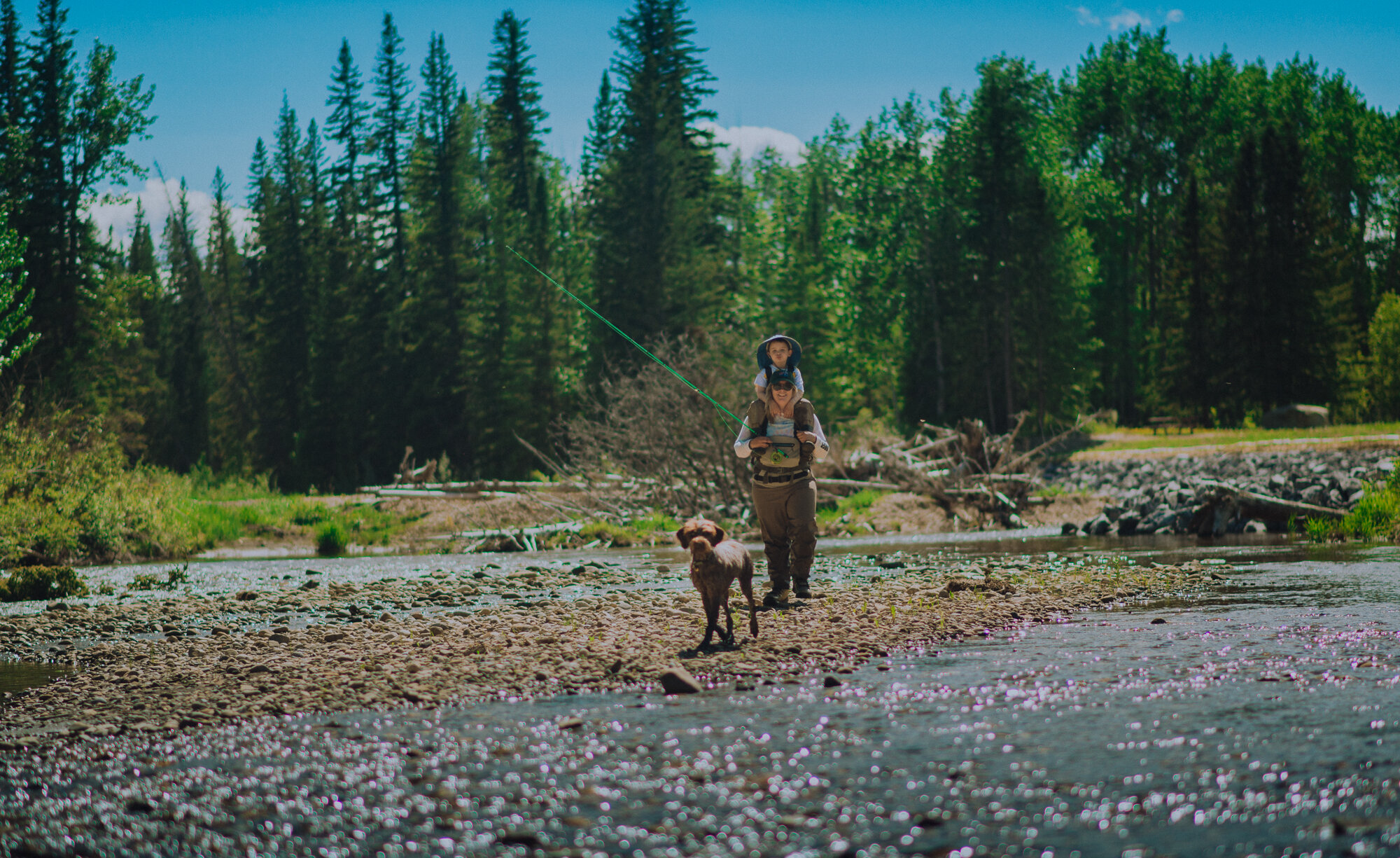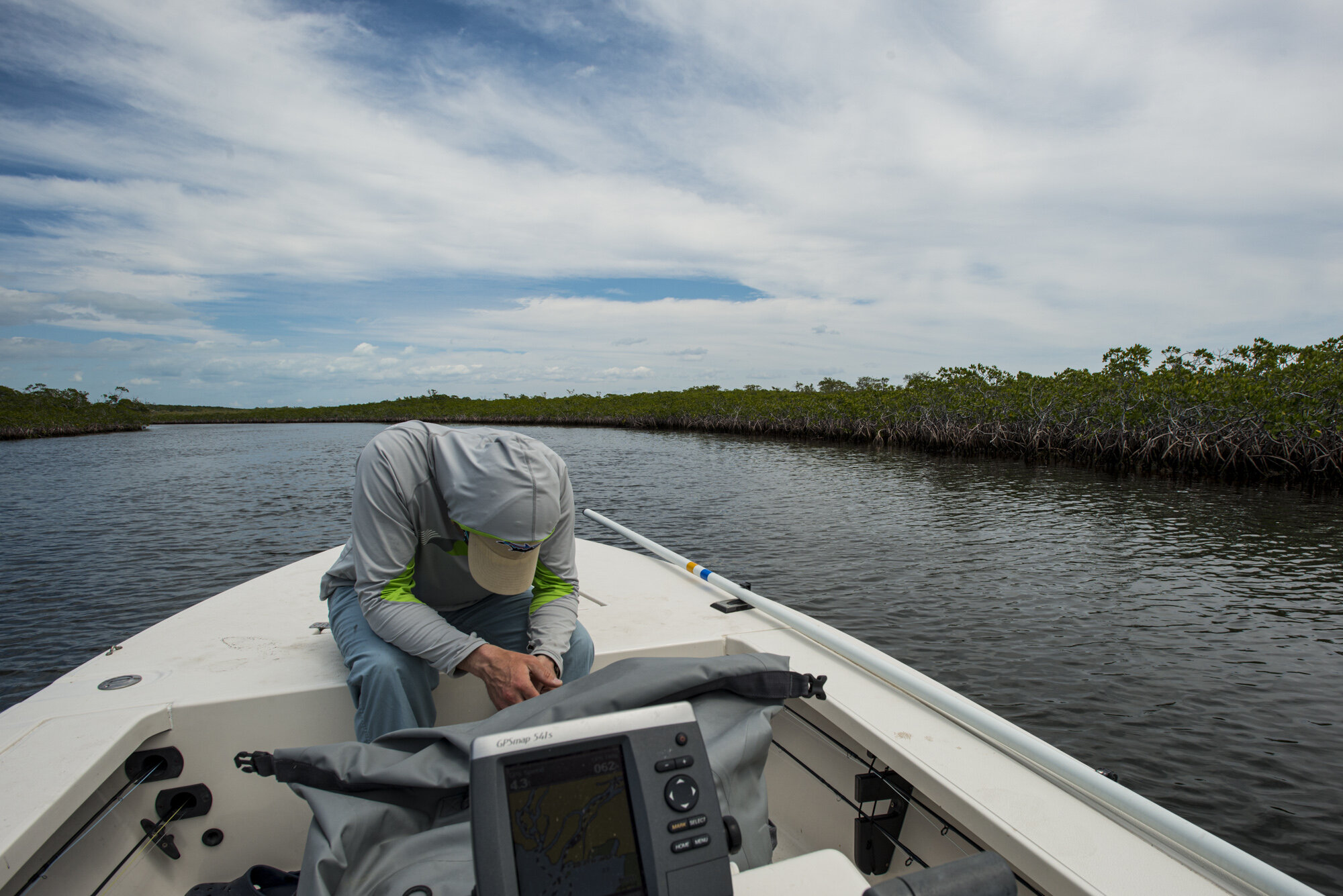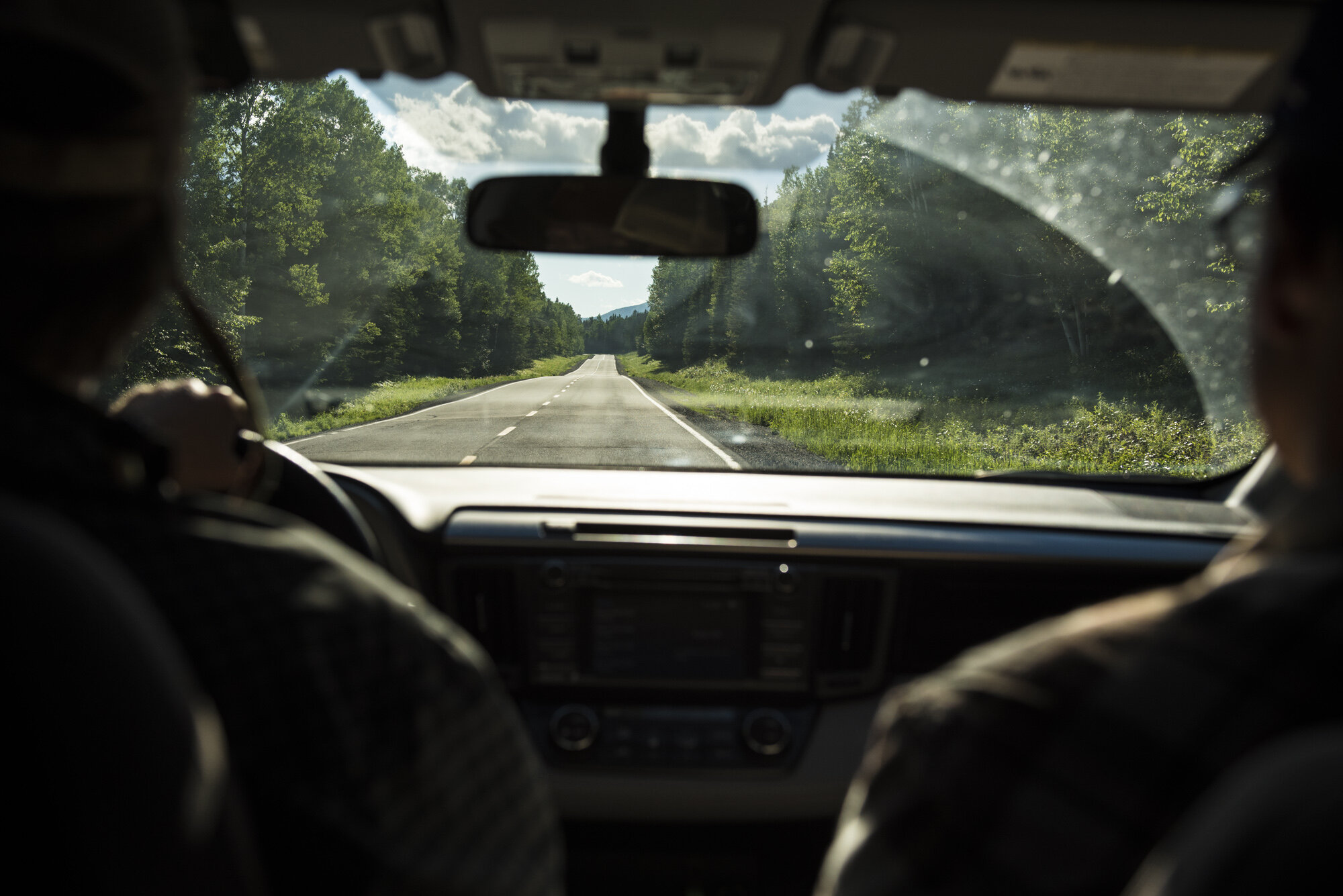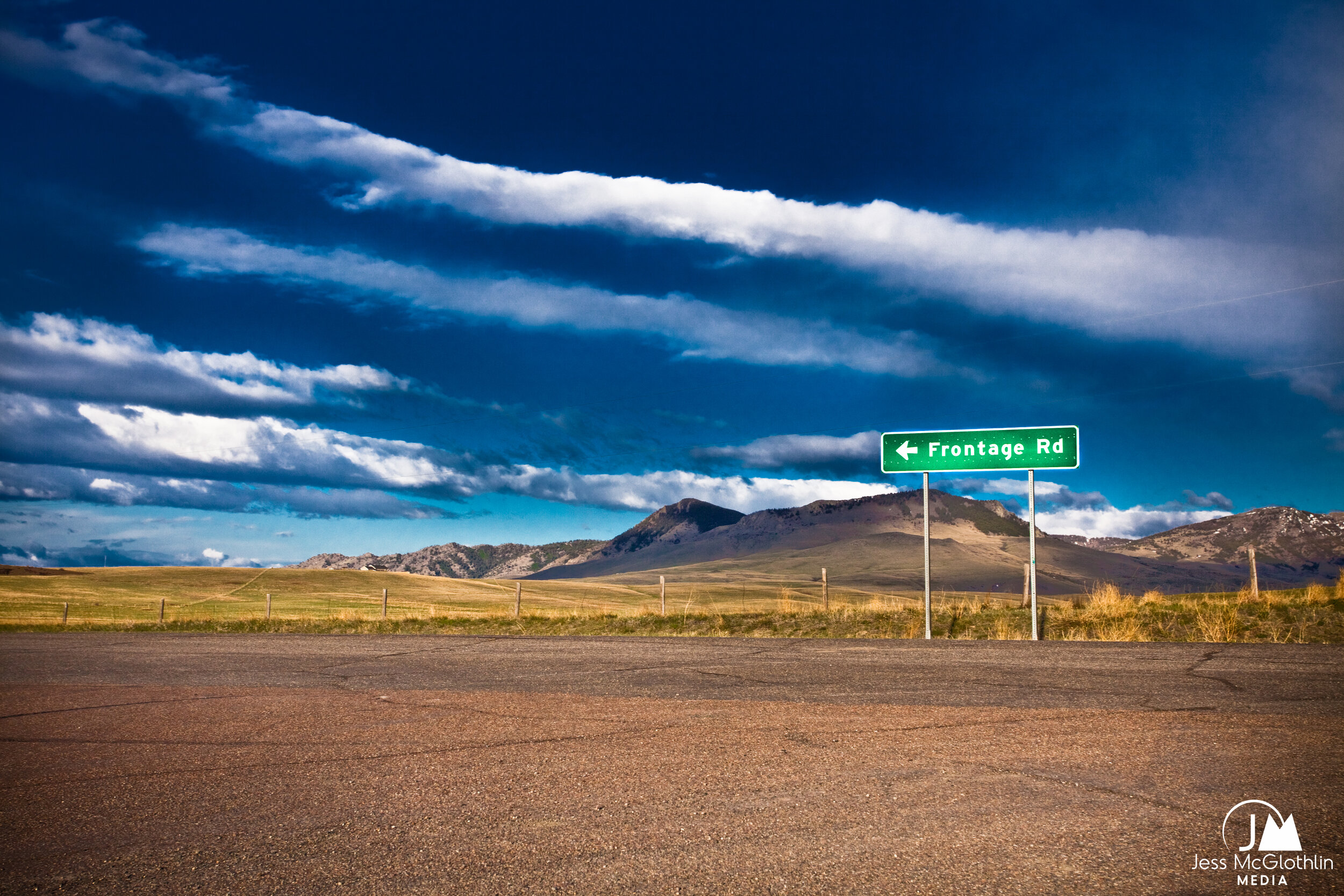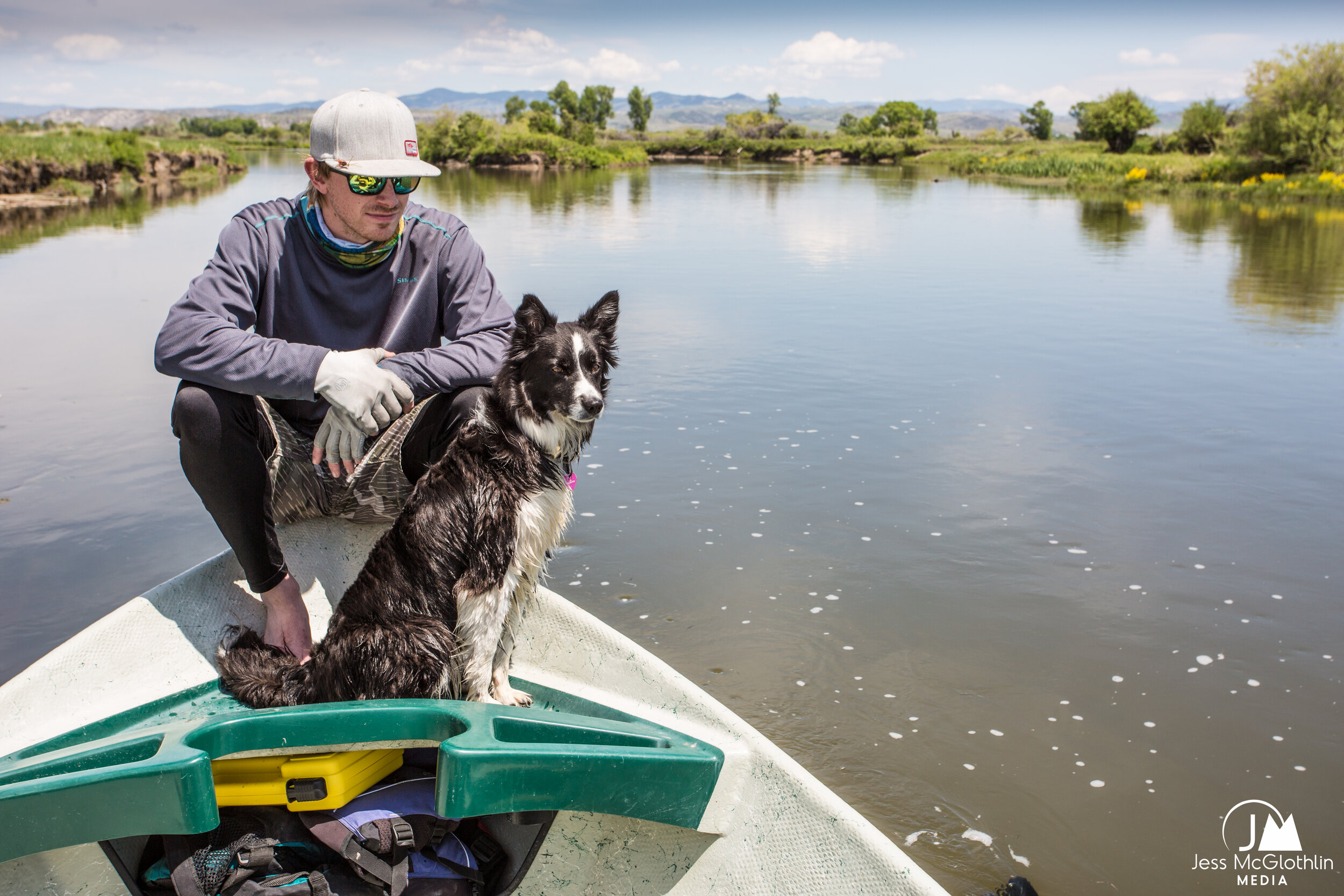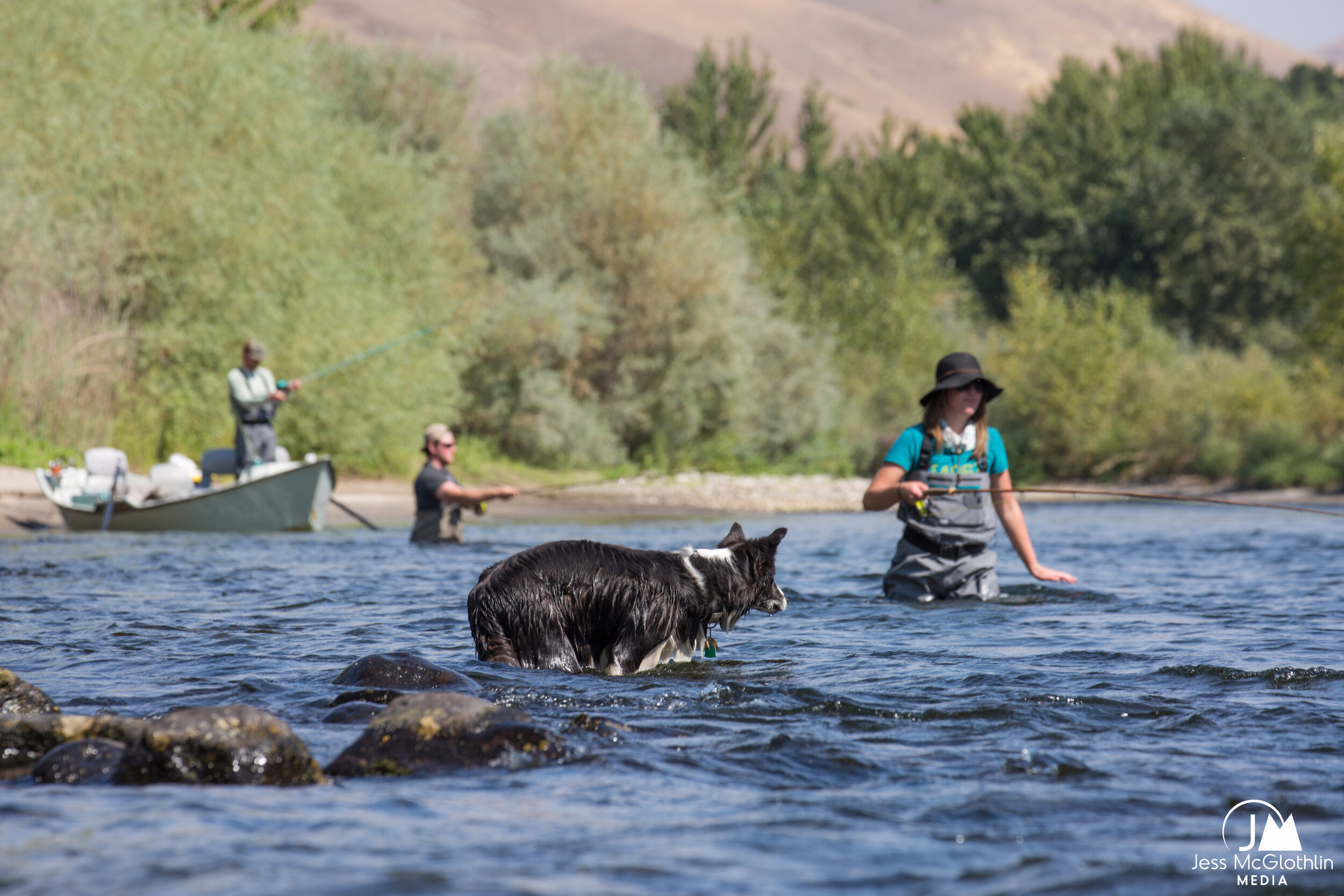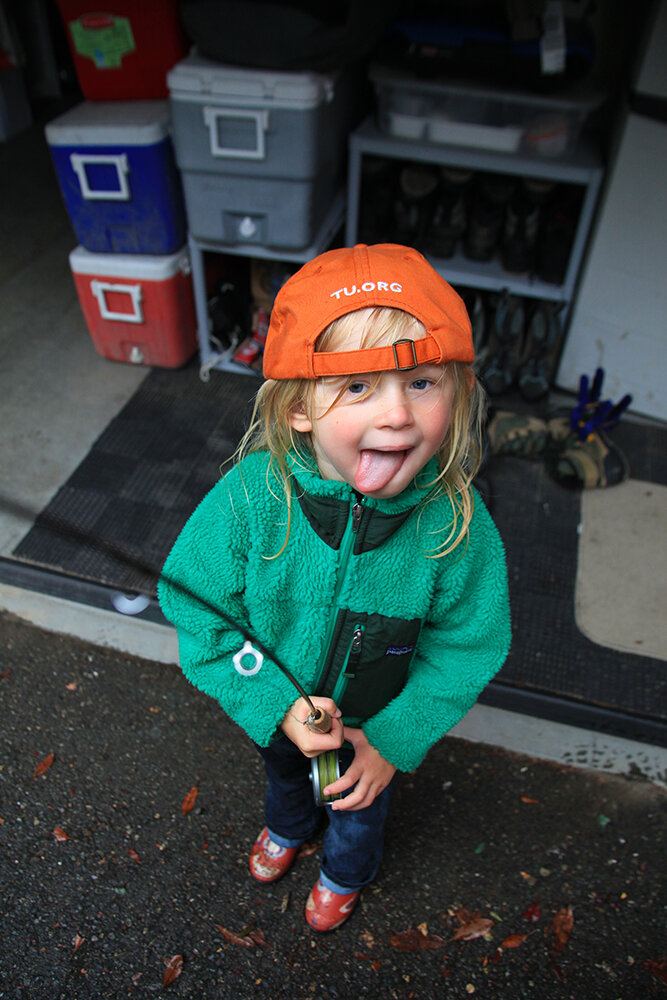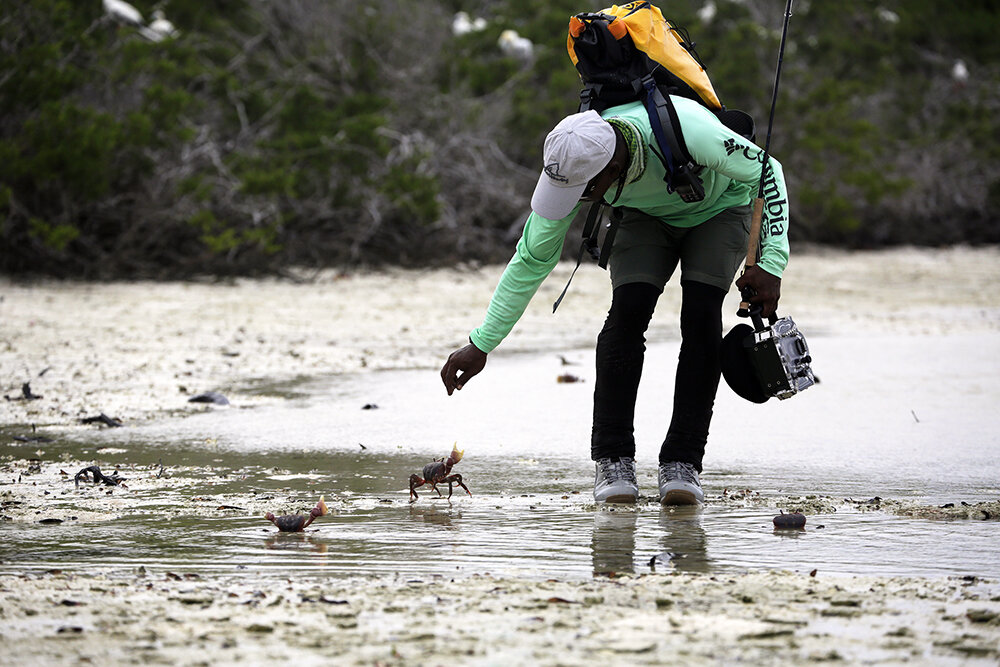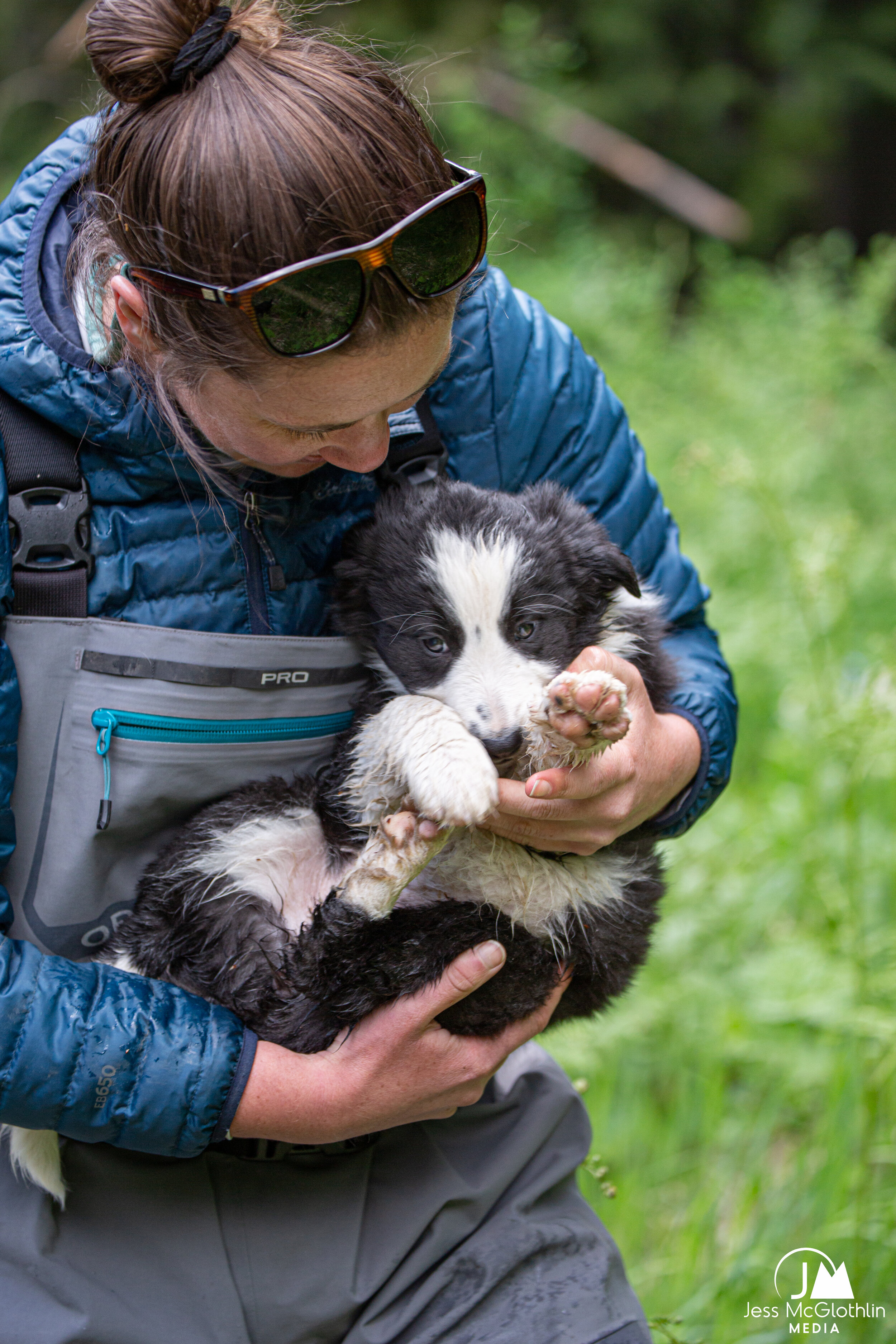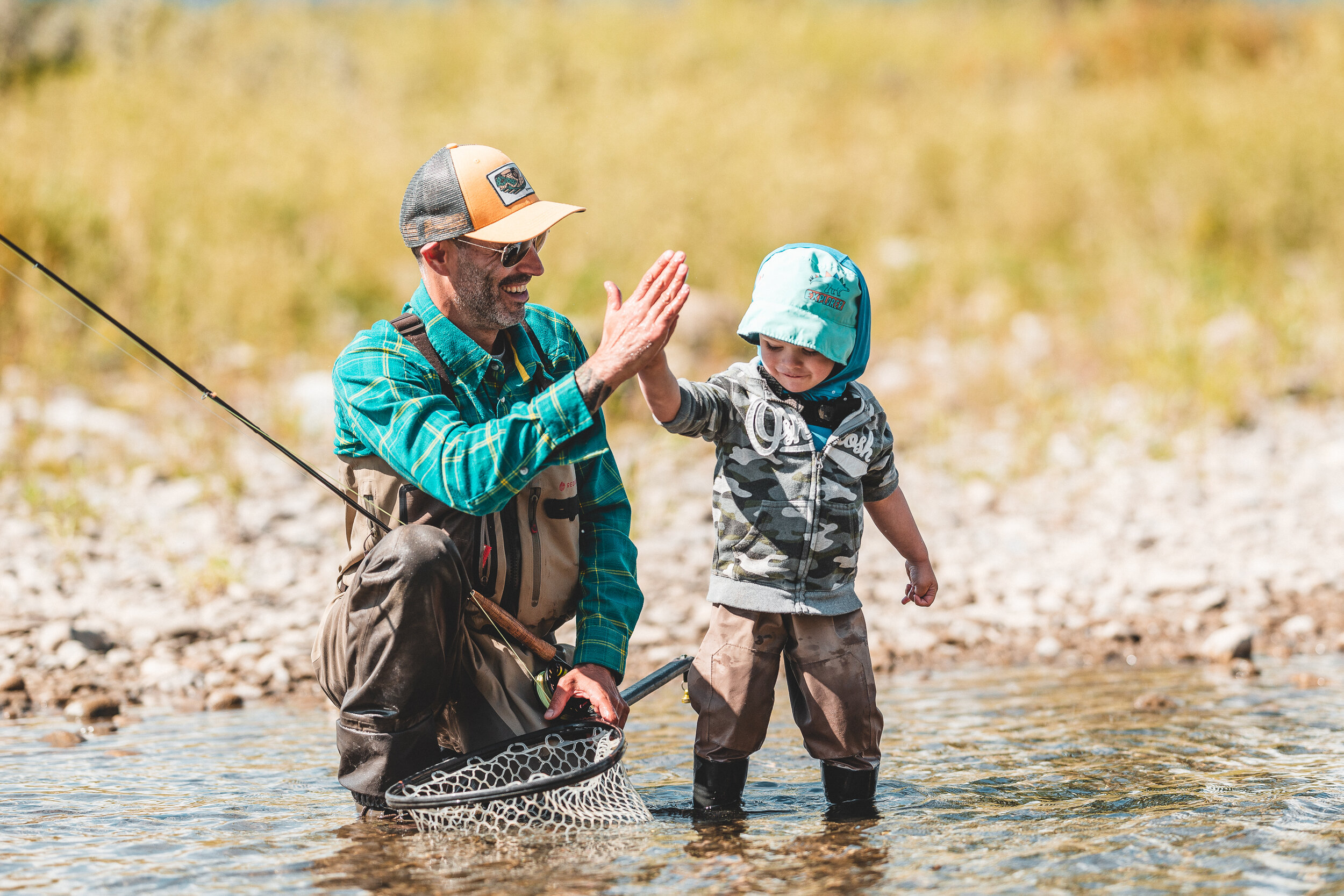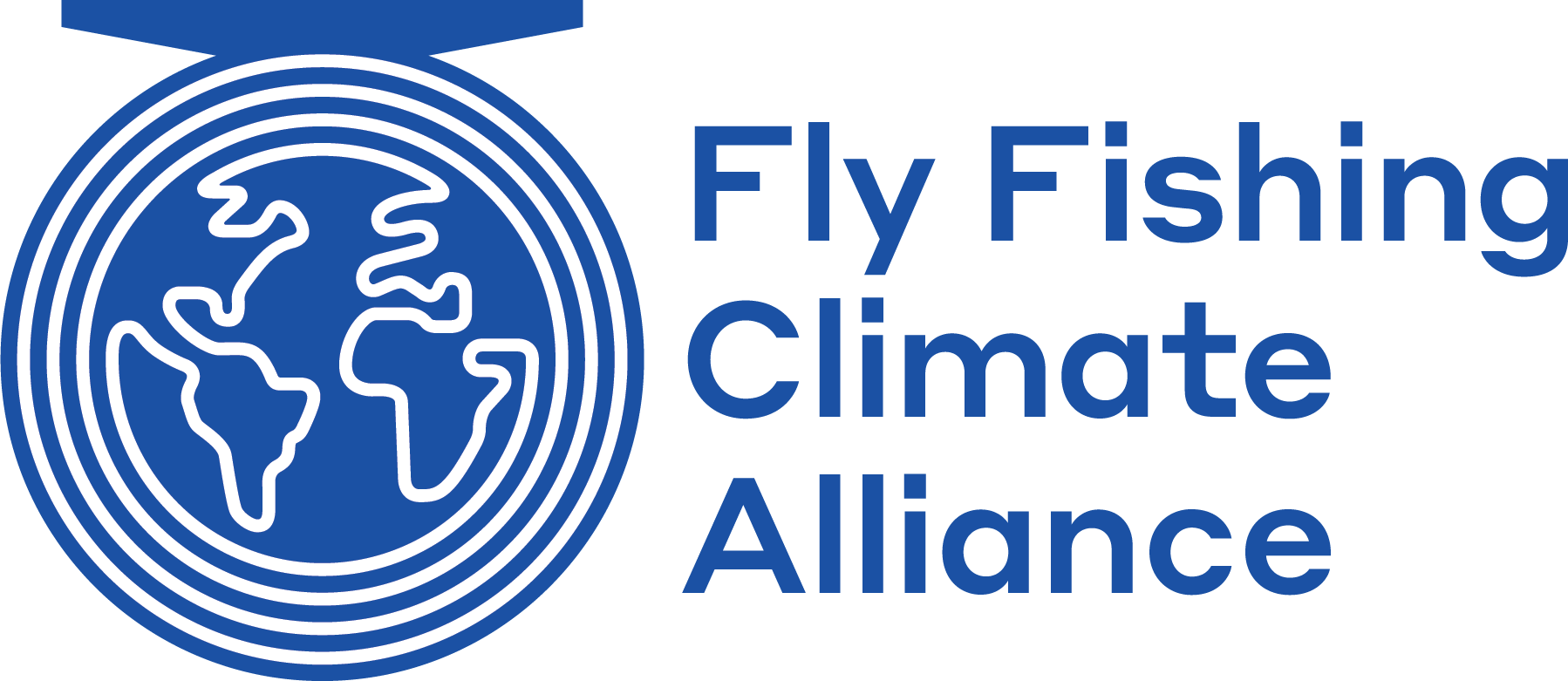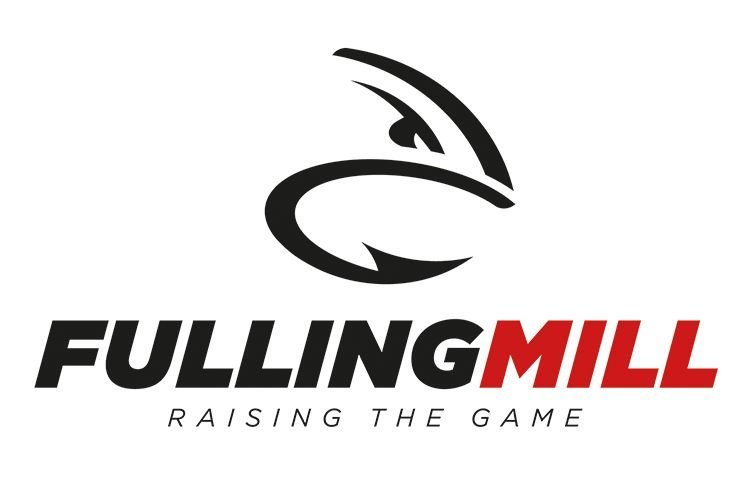No Fish Dry July is an initiative to help anglers create better outcomes for each fish they release. For the month of July, Keep Fish Wet and Ten And Two Co. challenge you to make a 31-day commitment to not take a single photo of a fish.
With many places across North America experiencing extreme drought and higher than average water temperatures, the way we handle fish during the hottest time of year is crucial to their well-being. Instead, we encourage you to post other artful shots of your summer angling experience. This simple shift in the fishing community’s catch-and-release behavior could do years of good for your fish’s home water.
No Fish Dry July was developed by Keep Fish Wet in partnership with Ten And Two Co., a design studio and consultancy.
Learn how to participate below
How water changes as temperature Increases
Just like humans, fish need oxygen to support essential bodily functions and keep them alive. What’s different is that fish get their oxygen from the water in the form of dissolved oxygen (DO) not the air.
The amount of dissolved oxygen in water varies with temperature, elevation, turbulence, depth, and composition of aquatic organisms, to name a few. It is complicated, but all else being equal, as water temperature increases, dissolved oxygen decreases. For example, 50oF fresh water at sea level can hold a maximum of 11.3 mg/L of DO, while at 70oF that number drops to 8.9 mg/L. This dissolved oxygen calculator is easy to use and allows you to see the relationship between temperature and dissolved oxygen. You will notice that elevation also plays a role and that at higher elevations water has less capacity to hold dissolved oxygen. If you click “more info” below the calculator or here there is a page with a great explanation of sources of DO as well as some general DO requirements for different forms of aquatic life.
What this all means for fish is that as a stream or river heats up in the summer there is less dissolved oxygen available for them to “breathe” (respire).
Inspiration: Water
How fish respond physiologically to higher water temperatures
Scientists call water temperature the “master factor” for fish because it influences so much of their biology, physiology, and ecology. As cold blooded animals (ectotherms), the body temperature of most fish (yes, there are a few exceptions) is the same as the surrounding water temperature. This Finsights article explains in a bit more detail.
In general, for every 10 degrees Celsius increase in water temperature, a fish’s metabolic rate doubles. This means that at warmer water temperatures, fish have a higher metabolism and need more food. It also means that at warmer water temperatures fish need more oxygen, a critical component of the metabolic process. However, remember that, all else being equal, warmer water holds less oxygen than colder water.
As fish exercise, like on the end of a fishing line, their metabolism increases, as does their need to bring more DO into their bodies. If water temperatures are high and DO is low, then fish need to work extra hard to recover from angling stress, and in extreme cases, they parish.
We’ve been seeing some great examples of water temperature infographics for trout lately, like this one from Trouts Fly Fishing. It is, however, important to remember that there are species-specific differences. For example, while 64oF might be ok for rainbow trout, it is already too hot for bull trout and Atlantic salmon.
inspiration: summer gear
How fish respond behaviorally to higher water temperatures
When it’s really hot out, the basement is always the coolest place in my house. As we are currently in our third wave of 90+ degree weather for the month of June (we usually only get about three a summer), my husband has practically taken up residence in the basement as a refuge from the heat. He’s got the TV down there, a freezer full of food, and the cat’s litter box if he really gets in a bind.
Fish too will journey to cooler water when temperatures start to rise - fish nerds call it a refugia. Fish will often seek out deep pockets in a stream or river, or move to depth in a lake. While this helps to keep fish cool, it also aggregates them to the point where it increases competition for critical resources, such as food. It also can make them easier targets for anglers at a time when they are already stressed.
If you decide to go after fish in the above situation, make sure that you release them back into the same pool so that they don’t have to expend extra energy getting back to cooler water. Also consider limiting the time you spend at any specific location to give the fish a break.
inspiration: the journey
How do we know when fish are getting stressed?
Remember when you were a kid and went to the doctor and they used a small, rubber mallet to test your knee-jerk reflex? Well, fish have reflexes that we can test too. Fish reflex tests can tell us a lot about their internal condition, such as their level of stress and ability to swim. Fisheries scientists have increasingly been using reflex tests as a way to measure stress because they are noninvasive (as opposed to taking a blood sample) and can be done quickly. Reflex tests are also really useful because they are often be predictive of how a fish will fare after it has been released (i.e. will it live or die) especially given most fish that sustain impacts from catch-and-release do so after they have been released, swum away, and are no longer being watched by anglers. To put it another way, just because you watched the fish swim away, does not mean it will be fine.
When the water is getting warm and you aren’t sure whether or not you should continue fishing, doing a couple reflex tests is a great way to get a more definitive answer. This Finsights walks you through the process and describes how to conduct each test. If a fish fails the righting response, it’s probably too hot to continue fishing or time to switch to a species that is more tolerant of high water temperatures.
Inspiration: fishing partners
Final Thoughts
Even when July is over, water temperatures will continue to be high in many places. Keep in mind how water temperature impacts fish and what you can do to be vigilant when catching and releasing fish as we move into August and September, which are often equally hot, if not more so, than July.
We’ve been experiencing a number of extremes lately (droughts, floods, heat, summer snow, etc.), and the fish we seek are forced to endure these events right along with us — but without the benefits of air conditioning and down jackets. While sometimes change can be good (e.g. fish abundance may actually increase after flooding), repeated stressors eventually take their toll. Populations that face year after year of abnormal weather patterns become less resilient. We believe that we, as anglers, have a responsibility to help increase the resiliency of fisheries by using science-based best practices when catching and releasing fish.
Photo credit for this page: Dave McCoy, Jess McGlothlin, Joe Klementovich, Amber Toner - The Bug Parade





